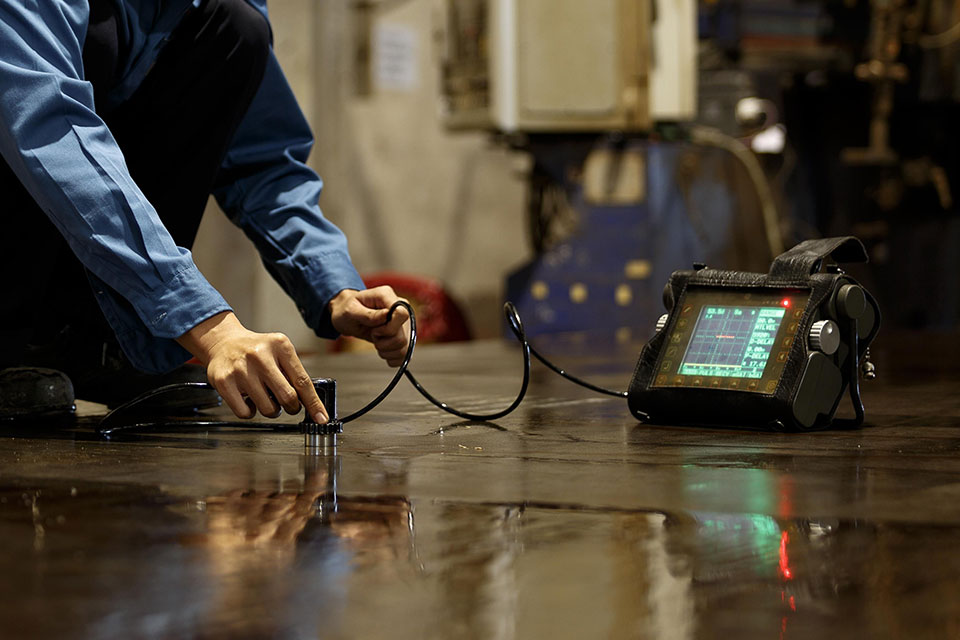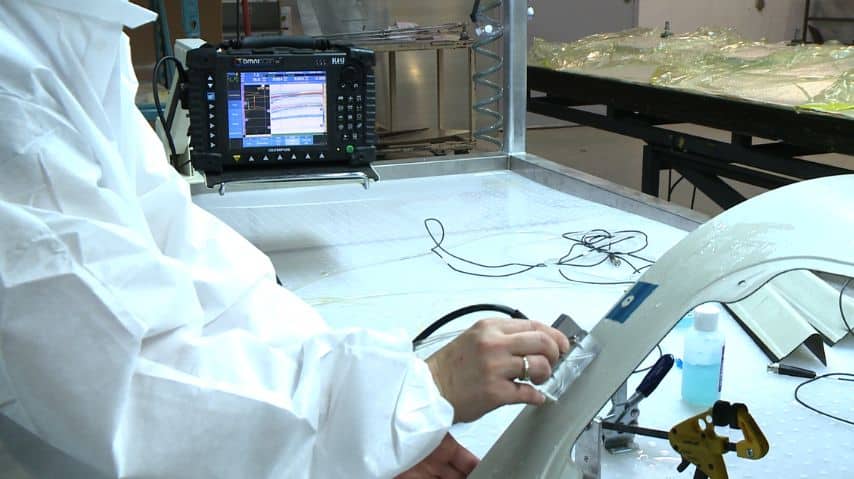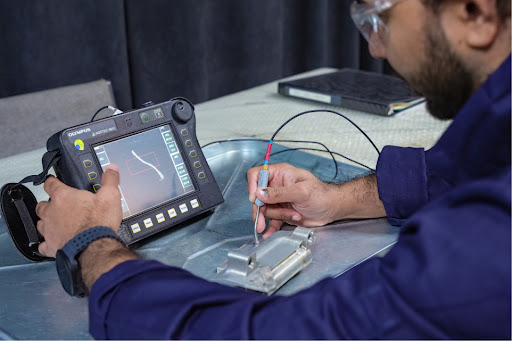Frequency modulation in ultrasonic inspection is a critical aspect of non-destructive testing that has revolutionized the way industries assess the integrity and quality of materials. This technique involves altering the frequency of ultrasonic waves to enhance inspection capabilities, providing precise and reliable data crucial for decision-making in manufacturing and maintenance processes. In this article, we will explore the intricacies of frequency modulation in ultrasonic inspection, its benefits, and its role in ensuring quality assurance.

What is Frequency Modulation?
Frequency modulation is a method of varying the frequency of a wave to encode information. In the context of ultrasonic inspection, this technique is employed to improve the detection of defects and irregularities within a material. By modulating the frequency, inspectors can achieve a better resolution and clarity, which is essential for identifying potential issues that could compromise the structural integrity of a component.
The Role of Ultrasonic Inspection in Industry
Ultrasonic inspection is a non-invasive method used to evaluate the properties of a material. It is widely used in industries such as aerospace, automotive, and construction, where safety and reliability are paramount. By using sound waves to detect flaws, companies can ensure that their products meet stringent quality standards without causing any damage.
Advantages of Frequency Modulation
One of the primary advantages of using frequency modulation in ultrasonic inspection is its ability to improve the accuracy of defect detection. By varying the frequency, inspectors can focus on different depths and sizes of defects, providing a comprehensive view of the material’s condition. Additionally, frequency modulation allows for more efficient data collection, reducing the time and cost associated with inspections.
Applications in Various Industries
Industries such as aerospace rely heavily on ultrasonic inspection to ensure the safety and performance of their components. By implementing frequency modulation, these industries can achieve higher accuracy in detecting potential issues, such as cracks or voids, that could lead to catastrophic failures. Similarly, in the automotive industry, this technique helps manufacturers maintain quality control standards by identifying defects in materials used in vehicle production.
How Frequency Modulation Enhances Inspection Quality
The use of frequency modulation in ultrasonic inspection enhances the quality of inspections by providing a more detailed and accurate analysis of materials. This is achieved by adjusting the frequency to suit the specific inspection requirements, allowing for the detection of even the smallest defects. As a result, companies can confidently certify their products, ensuring safety and compliance with industry standards.
Technological Advancements in Ultrasonic Inspection
Recent advancements in technology have further enhanced the capabilities of ultrasonic inspection. Innovations such as machine learning and synchronization devices have improved the efficiency and accuracy of inspections, providing industries with powerful tools for quality assurance. These advancements have made it possible to conduct inspections more quickly and with greater precision, reducing the likelihood of defects going undetected.
Challenges in Implementing Frequency Modulation
While frequency modulation offers significant benefits, there are also challenges associated with its implementation. These include the need for specialized equipment and trained personnel to operate and interpret the results. Additionally, the cost of implementing this technology can be a barrier for some companies, particularly smaller organizations with limited resources.
Overcoming Implementation Barriers
To overcome these challenges, industries are investing in training programs and collaborating with technology providers to develop more cost-effective solutions. By doing so, they can ensure that they are able to reap the benefits of frequency modulation without incurring prohibitive costs.
Future Trends in Ultrasonic Inspection
The future of ultrasonic inspection is promising, with continued advancements in technology expected to enhance its capabilities further. Developments in areas such as adaptive frequency control and calibration synchronization are set to make inspections even more accurate and efficient. As these technologies are refined, industries can expect even greater improvements in their quality assurance processes.
Conclusion
In conclusion, frequency modulation in ultrasonic inspection is a powerful tool that enhances the accuracy and reliability of non-destructive testing. By leveraging this technology, industries can ensure the safety and quality of their products, ultimately leading to higher customer satisfaction and compliance with regulatory standards. As the technology continues to evolve, it is likely that its applications will expand, offering even greater benefits to industries worldwide.

Frequently Asked Questions
What is the primary benefit of frequency modulation in ultrasonic inspection?
The primary benefit is the enhanced accuracy and resolution, allowing for the detection of smaller and deeper defects within materials.
Which industries benefit most from ultrasonic inspection?
Industries such as aerospace, automotive, and construction benefit greatly from ultrasonic inspection due to their need for high safety and quality standards.
What are the challenges in implementing frequency modulation?
Challenges include the need for specialized equipment and training, as well as the initial cost of implementation.
For more information on inspection frequency, you can visit Inspection Frequency.
This article contains affiliate links. We may earn a commission at no extra cost to you.
